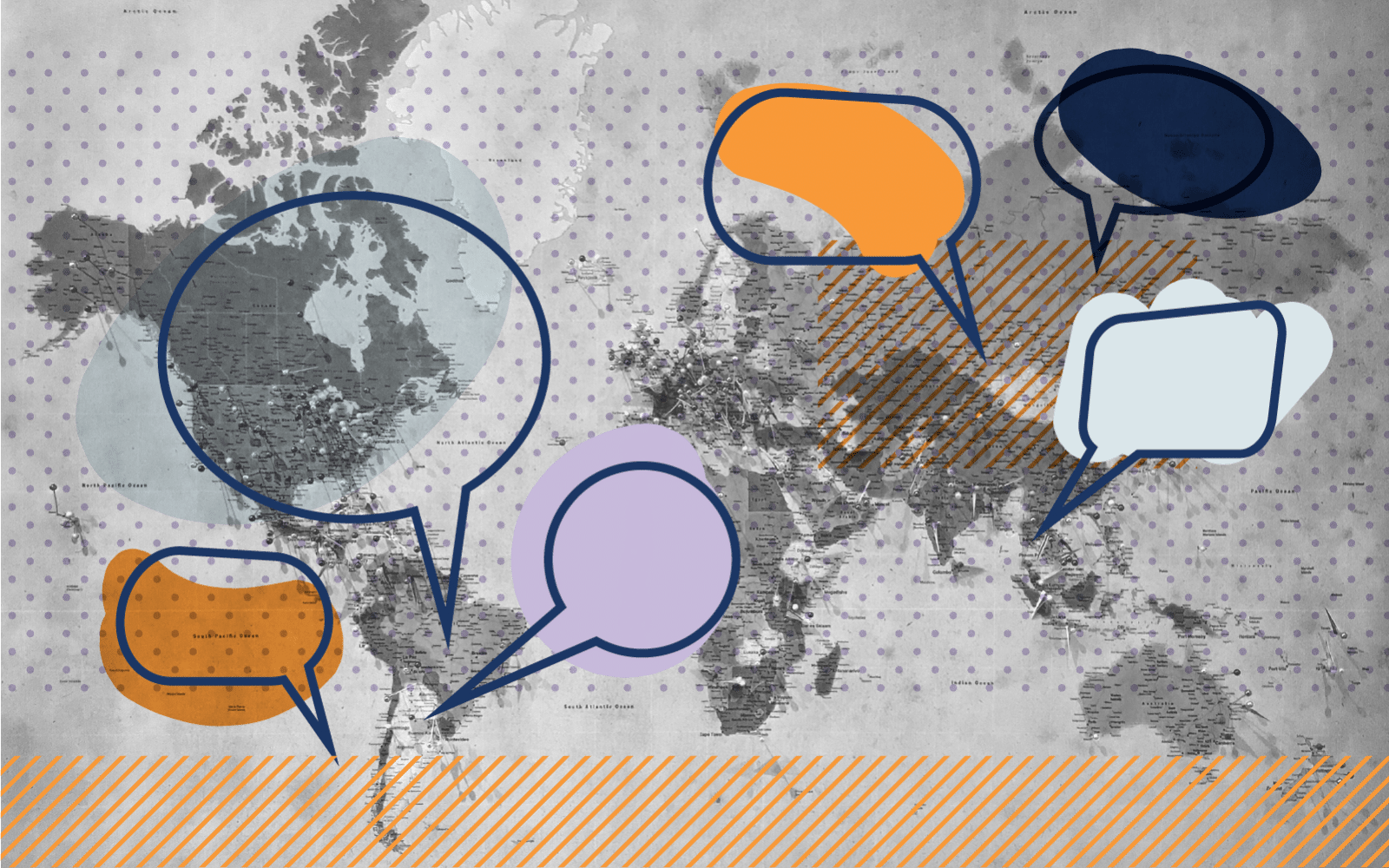By developing the market for Fair Trade USA-labeled products throughout the United States, Paul Rice is enabling millions of farmers worldwide to obtain higher and fairer prices for their products. Since 1998, Fair Trade USA business partners have helped producer organizations earn more than $115 million in premiums to reinvest in community development initiatives and provide critical income to subsistence farming families.

When Ashoka Fellow Paul Rice was working as a rural development specialist in Nicaragua during the 1980’s, he recognized that small coffee farmers in Estelí, Nicaragua faced incredible challenges to get their products to market, including lack of access to transport, market information, and credit. Even if the Nicaraguan farmers owned a produce truck, Estelí’s mountainous terrain and exposure to the brutal fighting of the Contra War made it nearly impossible for them to carry their harvests to the nearest marketplace – located two hours away in the capital city of Managua. Their removed location also prevented them from discovering current coffee prices or visiting a bank. As a result, farmers had no choice but to rely on intermediaries and exploitative middlemen, who offered them much less than market price in return for transporting and selling their harvests. Traditional development programs in Nicaragua unsuccessfully sought to increase the farmers’ incomes by increasing their production levels. But Paul recognized that as long as farmers were paid below the price of production, they would never be able to feed their families or invest in their businesses and would have little chance of escaping poverty. Paul, therefore, devised an intervention that would tackle the problem of farmers’ isolation from global markets: Fair Trade Certification.
Global markets for commodities such as cocoa, bananas, and coffee are worth billions of dollars, but millions of smallholder farmers worldwide cannot make ends meet because they are paid prices that are actually below their production costs. Cote d’Ivoire, which produces 35% of the world’s cocoa, provides a demonstrative example of this. Although cocoa provides livelihoods for more than one million smallholder farmers and cocoa sales comprise 15% of Cote d’Ivoire’s GDP, selling cocoa does not provide these farmers and their families with the means to pay for healthcare, electricity, running water, or proper education. Approximately 90% of the world’s cocoa is grown on small family farms like those of Cote d’Ivoire. Yet very little of cocoa’s annual global market value of $5.1 billion finds its way back to the five million small-scale farmers that grow cocoa beans.
Fair Trade certification overcomes commercial isolation by establishing price floors that never fall below market price, linking farmers directly with importers worldwide, providing farmers advance payments for their harvests, and giving cooperatives grants to invest in improving their market access and businesses. By connecting rural farmers to the global marketplace, Fair Trade helps them capture additional value from their harvests. Fair Trade certification utilizes Value Capture – differentiating the products of smallholder farmers in order to generate premiums that enable farmers to retain a greater share of the market value generated by their products.
In order for the Fair Trade certification to be successful, Paul had to cultivate demand for Fair Trade goods in the United States. To do this, the Fair Trade certification had to signal to consumers that products met certain social, economic, and environmental standards. In addition to making trade fairer, certification requires producers to farm and process their harvests using improved methods, increasing produce quality and reducing negative environmental consequences. Producers are also required to invest in social programs for their community. In this way, Fair Trade certification incentivizes producer groups to improve their standards and processes, and to consider community impact and responsibility. The benefits to both producers and consumers enable Fair Trade to have strong product differentiation in the marketplace and a powerful marketing strategy. High demand for Fair Trade products results in more than $1.5 billion in annual U.S. retail sales of Fair Trade-labeled products. Currently more than 800 U.S. companies, including Starbucks, Safeway, and Green Mountain Coffee Roasters, sell certified Fair Trade products.
Today Fair Trade encompasses coffee, cocoa, bananas, tea, sugar, wine and most recently, apparel. As a result, more than 574 producer groups around the globe benefit from Fair Trade premiums – product premiums that not only enable farmers to support their families, but that also provide capital for agricultural skill building, processing machinery, and community initiatives. In Cote d’Ivore, a rural cooperative that began working with Fair Trade, Cooperative Kavokiva, for instance, has built a health center that now employs a doctor, a midwife, and two nurses with the premiums it earned from Fair Trade cocoa. Its membership now consists of more than 6,000 farmers, a ten-fold increase from its membership in 2004. Because of Fair Trade, the small farmers of Cooperative Kavokiva, and the farmers of hundreds of other cooperatives worldwide, can use their harvests to not only better provide for their families, but also to transform entire communities.
This is one of several case studies created as part of the Investing In Impact series, illustrating how the market-based mechanisms social entrepreneurs use tackle critical challenges and create lasting, systemic change.
